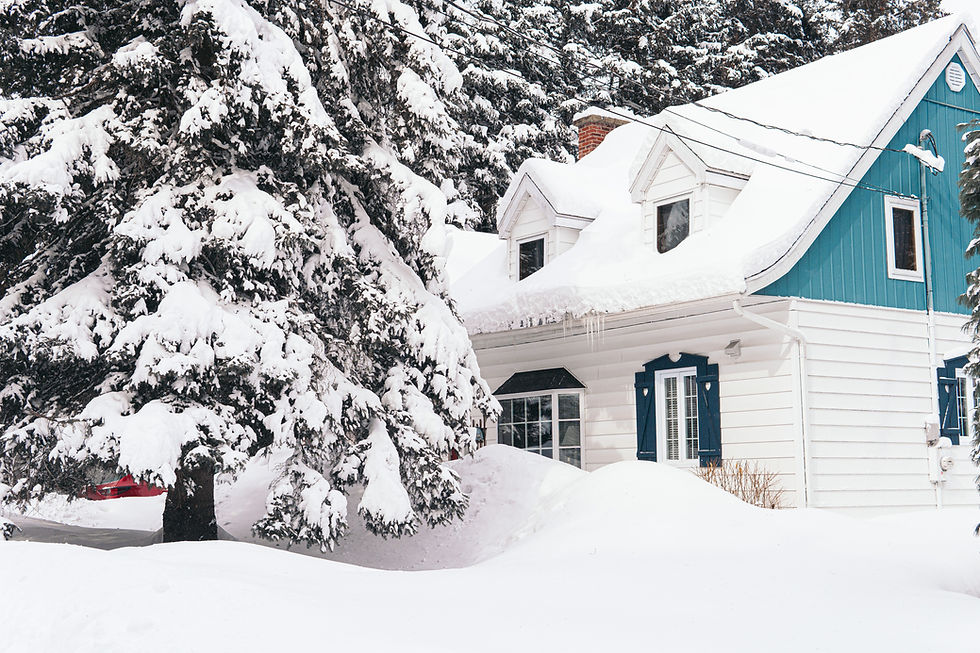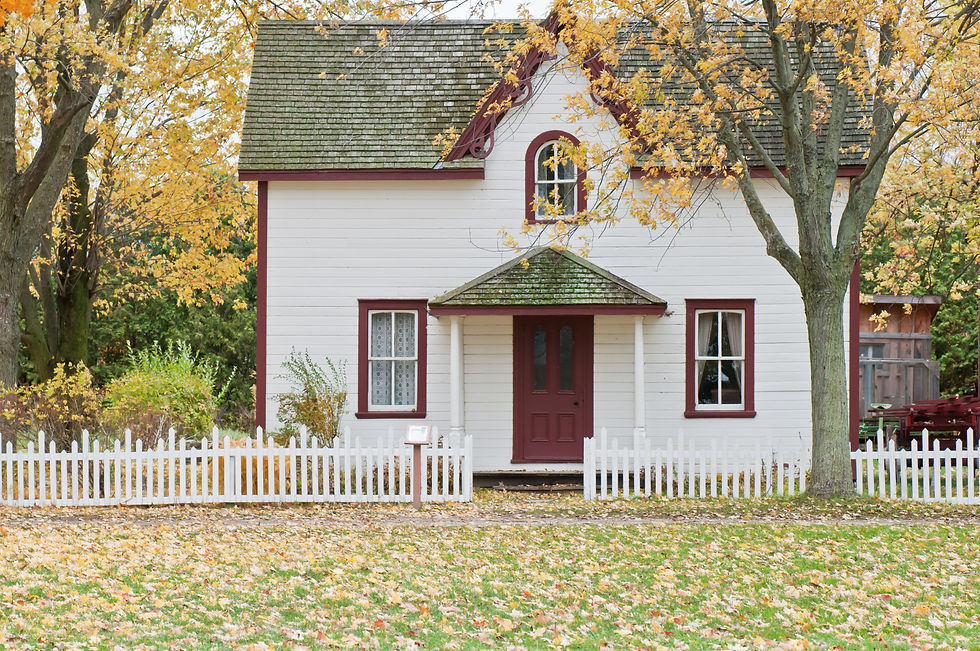Trimming vs. Pruning - What’s The Difference?
- Dash Lawn Care

- Jul 22, 2019
- 3 min read

Trimming and pruning are two different techniques that landscapers use to tend to gardens, trees and hedges. Both are needed for different reasons and at different times of the year.
Some jobs can be done by home gardeners with a sufficient green thumb while other, larger jobs might require that you call in the professionals.
Here’s how to tell which might be appropriate for your needs:
What Is Trimming?
Trimming can be used for small jobs like shaping shrubs and regular maintenance like deadheading to encourage blooming. Its purpose might also be to encourage a more beautiful, manicured aesthetic.
Trimming jobs might include cutting off dead leaves and small twigs, shaping hedges and harvesting blooms.
What’s The Best Time Of Year To Trim?
Trimming is preferred during the late winter and early spring. This sets hedges and plants up for success, growth and flowering during their peak seasons.
“Hedges are best trimmed right before they break dormancy. Evergreen hedges, such as boxwood… require cutting back for size and shape in early to mid spring.” - Hunker
How Often Should I Trim?
Quick growth rates are likely to affect the frequency of your trimming needs.
“Hedge cutting seasons and the frequency of cutting depends on the species, but as a rule of thumb, formal evergreens like box or privet should be trimmed around two to three times a year during the growing season… and some fast-growing conifers like leylandii may need trimming more frequently to keep them in control.” - STIHL Blog
Trimming encourages flowering and creates a healthy foundation for plants to thrive. So doing it regularly will keep your garden fresh and beautiful.
What Is Pruning?

Pruning is often a bigger job that requires more structural work than trimming.
Pruning actions like deadwooding can have a great effect on the shape and size of your plants and trees. So consider things like desired plant width and height when tackling pruning jobs.
Pruning jobs might include cutting off dead branches, removing disease limbs and shaping large portions of trees and hedges.
What’s The Best Time Of Year To Prune?
In four season climates like Canada, the weather at various times of the year can affect pruning needs.
“Spring flowering trees need pruning during late June, immediately following the trees' blooming cycle. Winter and spring are appropriate pruning periods for summer flowering trees… Regular light summer pruning is also necessary to prevent overgrown branches or to control rapid summer growth.” - Hunker
How Often Should I Prune?
Since trees have a slow growth rate, it is acceptable to tend to them in depth only every 4-5 years. Otherwise, light pruning as needed is perfectly fine.
In the case of sudden weather changes, trees can destabilize and require emergency care. Extremely dry weather can affect branch stability, causing them to bend and even break. Wind and ice storms can also affect trees and plants in unexpected ways.
So make sure to check regularly for acute damage from rain, snow and sun exposure. This will help you take preventative measures and avoid disaster.
Regardless of your trimming and pruning needs, it’s important to remember that both are an ongoing process. Regular plant and garden upkeep can encourage growth, improve plant form and help you reduce the risk of property damage from falling branches.
So, never discount the necessity of trimming and pruning to keep your landscape happy and healthy. Together, they can make all the difference!
Do you need help with trimming and pruning your landscape? Contact us today for a FREE quote - we’d love to help you with your landscaping needs!




Comments